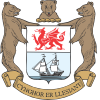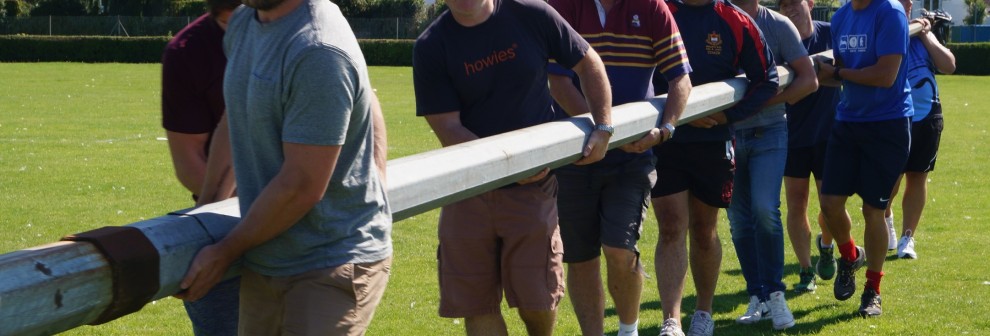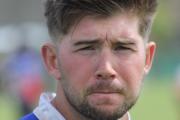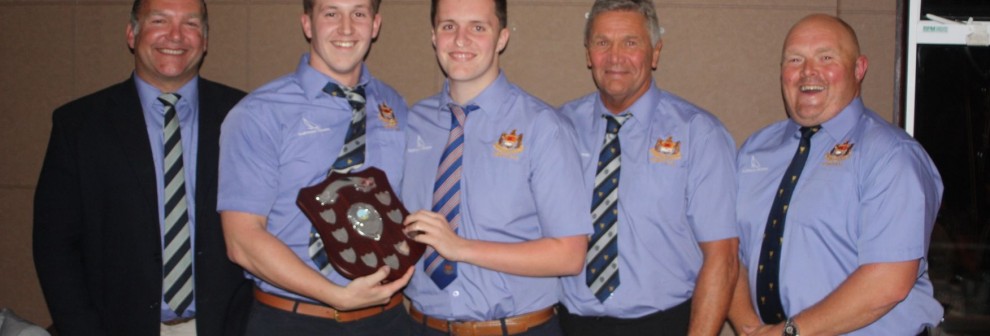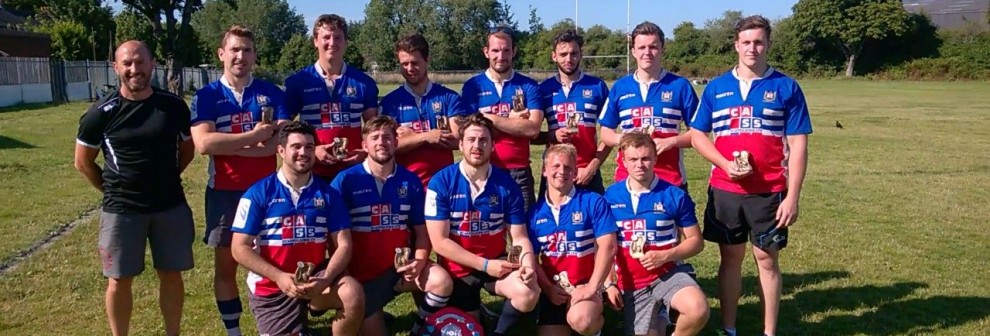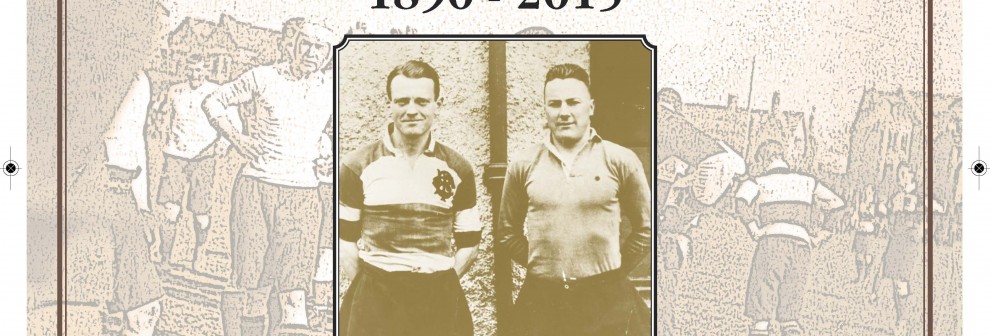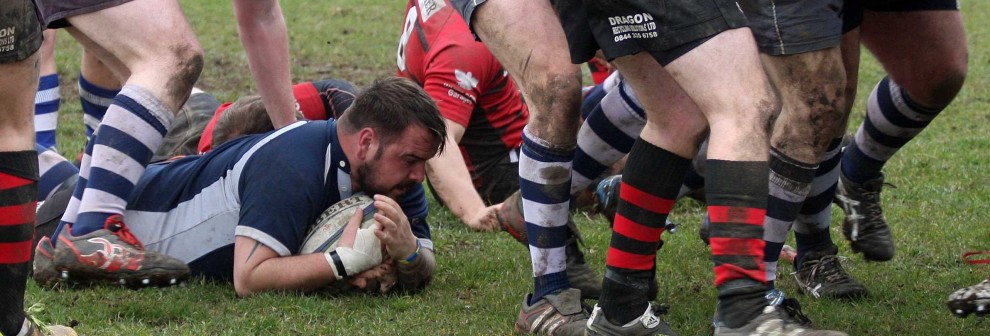St Peters 23 Penarth 20 – Saturday 4 April 2015
Anyone offered a losing bonus point at St Peters beforehand might well have accepted, but having watched the Seasiders spending 73 minutes of this bizarre game seriously chasing an unlikely bonus point win it was hard to understand how it had turned out this way.
The Rocks started well with a stiff breeze at their backs and were 6-0 up after only 6 minutes, but couldn’t even remotely keep this up, despite wind advantage. Penarth won a penalty from the second restart and James Docherty drilled the kick to touch in the home 22. Richard Howells took the throw well at the front and the well-drilled pack drove over for a Mike Clare try.
St Peters came back strongly and intelligently, with their stylish backs to the fore and the Seasiders were lucky to keep their line intact. No sooner had they cleared their lines, but they were back in the home 22 with a line-out. The dose was repeated and the Howells-Clare partnership (not to forget the rest of the pack) delivered another try for a 6-12 lead after 20 minutes.
Looking more like promotion candidates, Penarth entered a purple patch and the Rocks were looking very much as if they were about to be blown away. A superb turnover by Adan Cole set things up nicely and a flowing three-quarter move (including several forwards delivered the scoring pass to James Crothers in the corner. Disallowed.
St Peters lost one of their number elevens (they’d fielded three – it was the tall one) to a yellow card, but dominated the remaining seven minutes. A penalty apiece was the only outcome, but everyone was beginning to entertain serious doubts about the home pack.
Leading 9-15 at half time, the Seasiders could hardly believe their luck as the second half opened. Taking a long kick-off with the wind at their backs, they saw the home full-back’s kick charged down, and Chris Mortimer follow up smartly to score.
After 41 minutes, they had scored three tries to none and were leading 9-20. With 39 minutes of wind advantage, it seemed inconceivable that they wouldn’t be able to hoover up the bonus point and come away with a possibly relegation-saving 5 points.
The Seasiders were not to add to their score. Even though the Rocks were looking like a spent force and the Penarth pack continued to dominate up front, they just seemed to have lost interest somehow.
After 65 minutes, a home scrum became a penalty after some stupid comment by a Penarth player and the home backs took matters into their own hands and a quick tap caught the visitors’ defence napping and another of the number elevens was over and the score brought back to an encouraging 16-20.
Soon a penalty earned the Seasiders a line-out about 30 metres out, so a catch-and-drive seemed very much on the cards. Almost incredibly, the option taken was a shortened line-out, thrown long and the jumper missed.
The point of no return had been reached and as Penarth actually lost a scrum against the head, the Rocks broke out and a superb flowing sequence seemed sure to yield an try only for the recovering defence to bring the move to a halt 1 metre from the line. From the resulting scrum, St Peters scrum-half Lewis Dawes wriggled over for the winning try.
The Seasiders now welcome third-placed Porth Harlequins to the Athletic Field, as they enjoy a precarious 5-point advantage over Pentyrch on 10th place with two games in hand.
PENARTH Rhys Morgan, Nathan Palmer, Ben Donovan, Tom Luck, James Crothers, James Docherty, Chris Mortimer, Richard Merrett, Simon Barry, Jerome Bryan (Alan Doyle), Richard Howells, James Beaton, Scot Mackie, Mike Clare, Adan Cole.
Scorers: Mike Clare 2T
Chris Mortimer T T
James Docherty 1P, 1C
Swalec League Division 2 East Central
Saturday 11th April 2015
Penarth v Porth Harlequins
The Athletic Field, Lavernock Road.
K.O. 2.30pm
